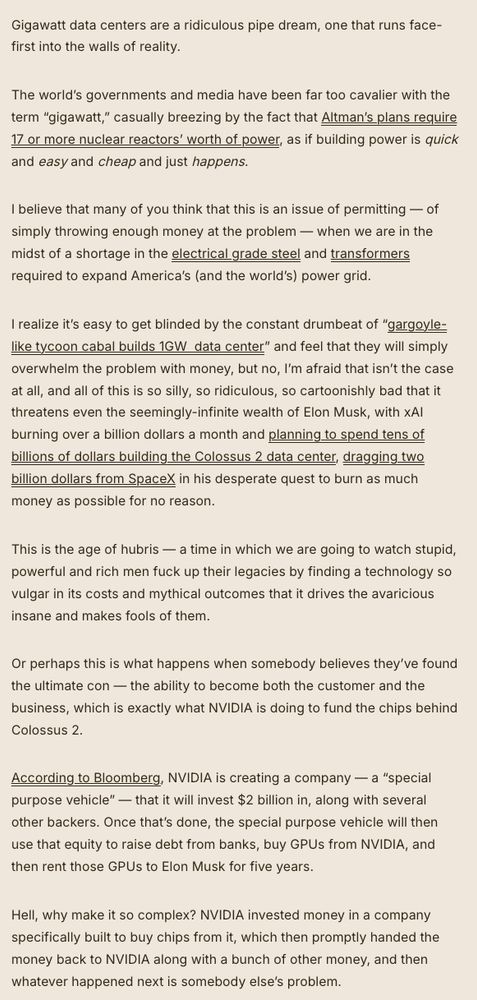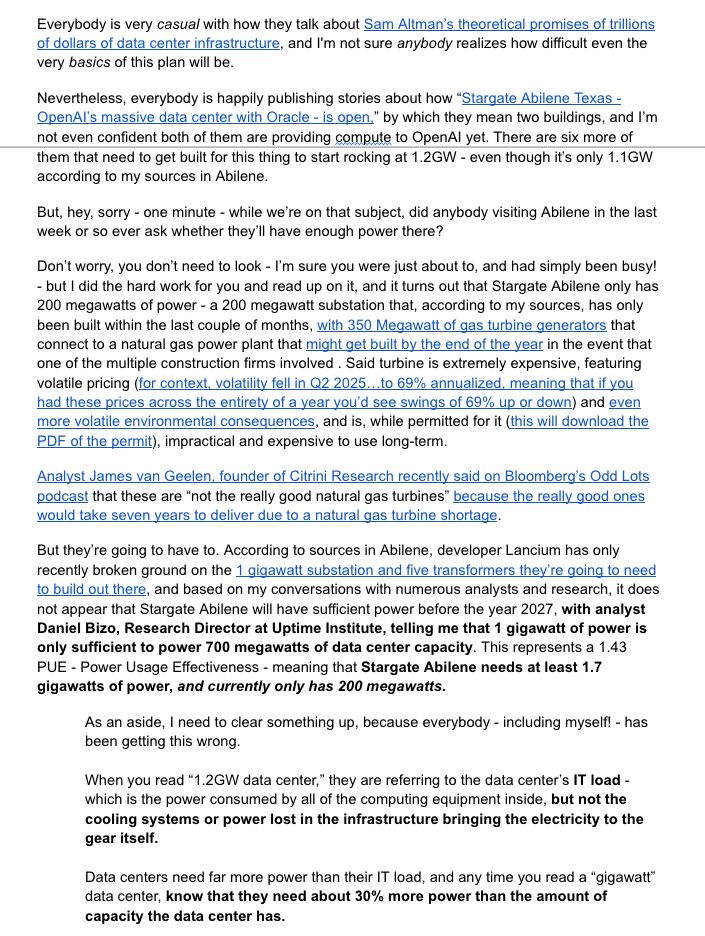Ed Zitron
@edzitron.com
170K followers
2.7K following
25K posts
British, But In Las Vegas and NYC
ezitron.76 Sig
Newsletter - wheresyoured.at
https://linktr.ee/betteroffline - podcast w/ iheartradio
Chosen by god, perfected by science
CEO at EZPR.com - Award-Winning Tech PR
Posts
Media
Videos
Starter Packs
Pinned
Ed Zitron
@edzitron.com
· 1h
Ed Zitron
@edzitron.com
· 1h
Reposted by Ed Zitron
Reposted by Ed Zitron
Ed Zitron
@edzitron.com
· 13h
Ed Zitron
@edzitron.com
· 13h
Ed Zitron
@edzitron.com
· 13h























